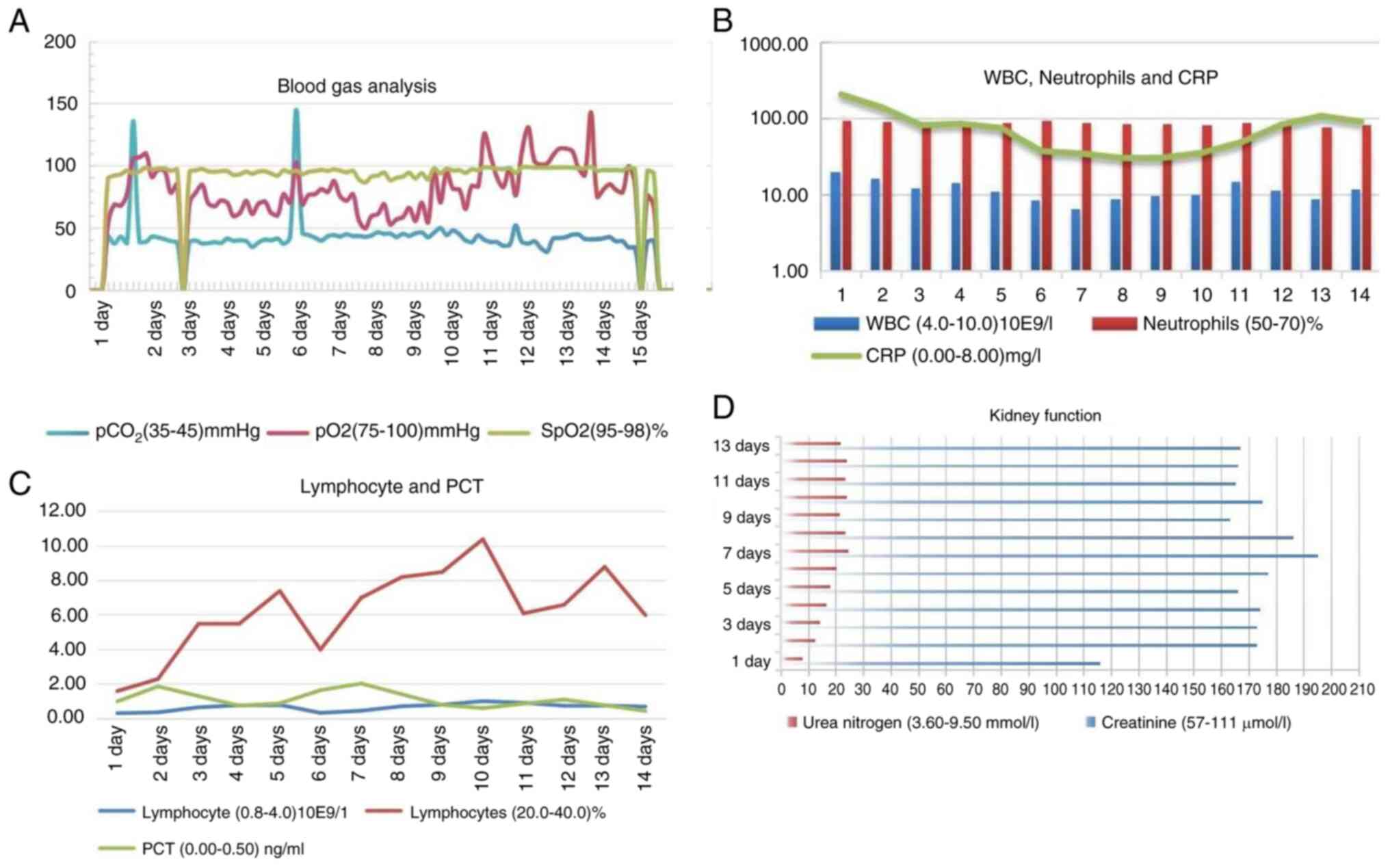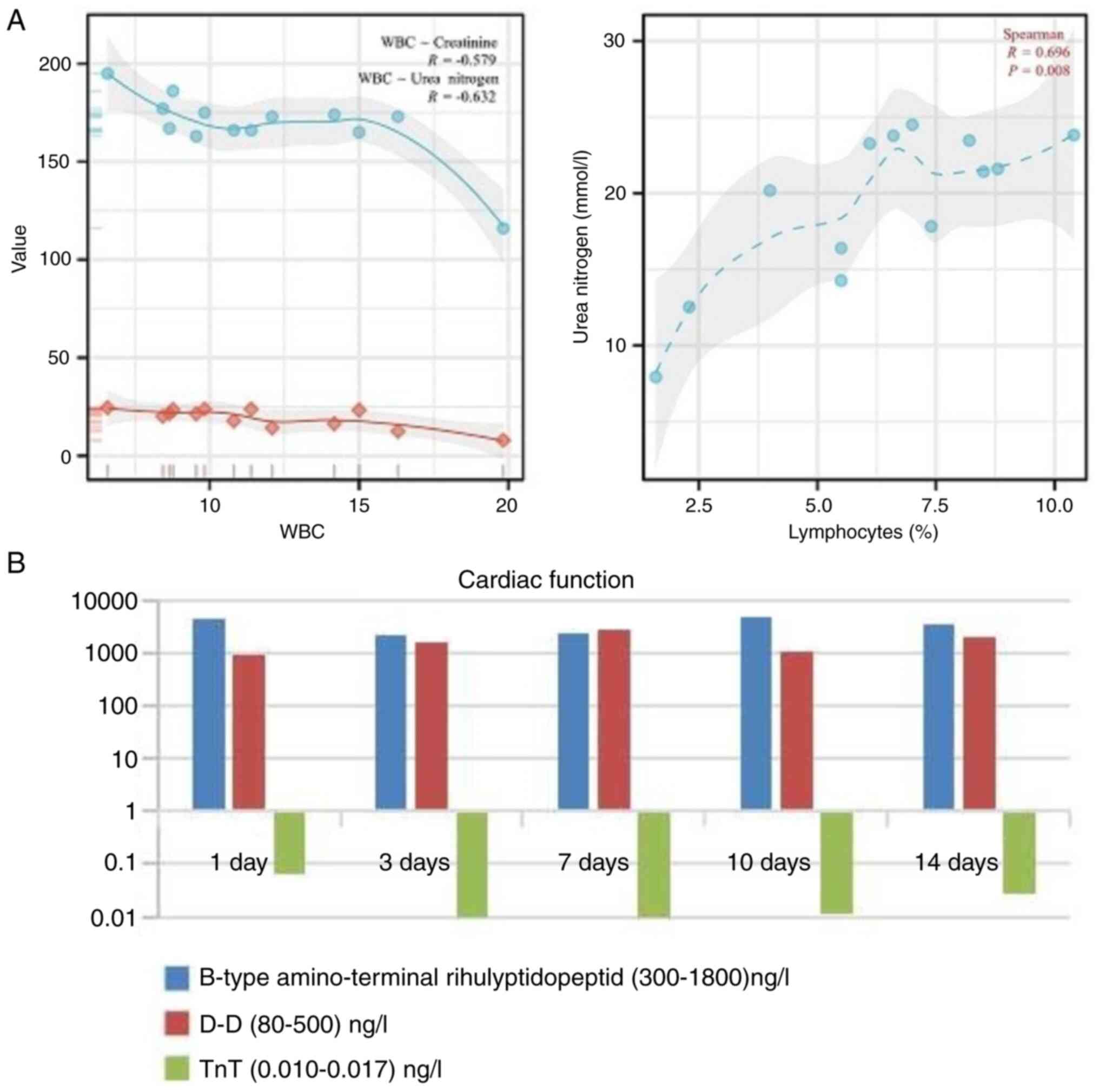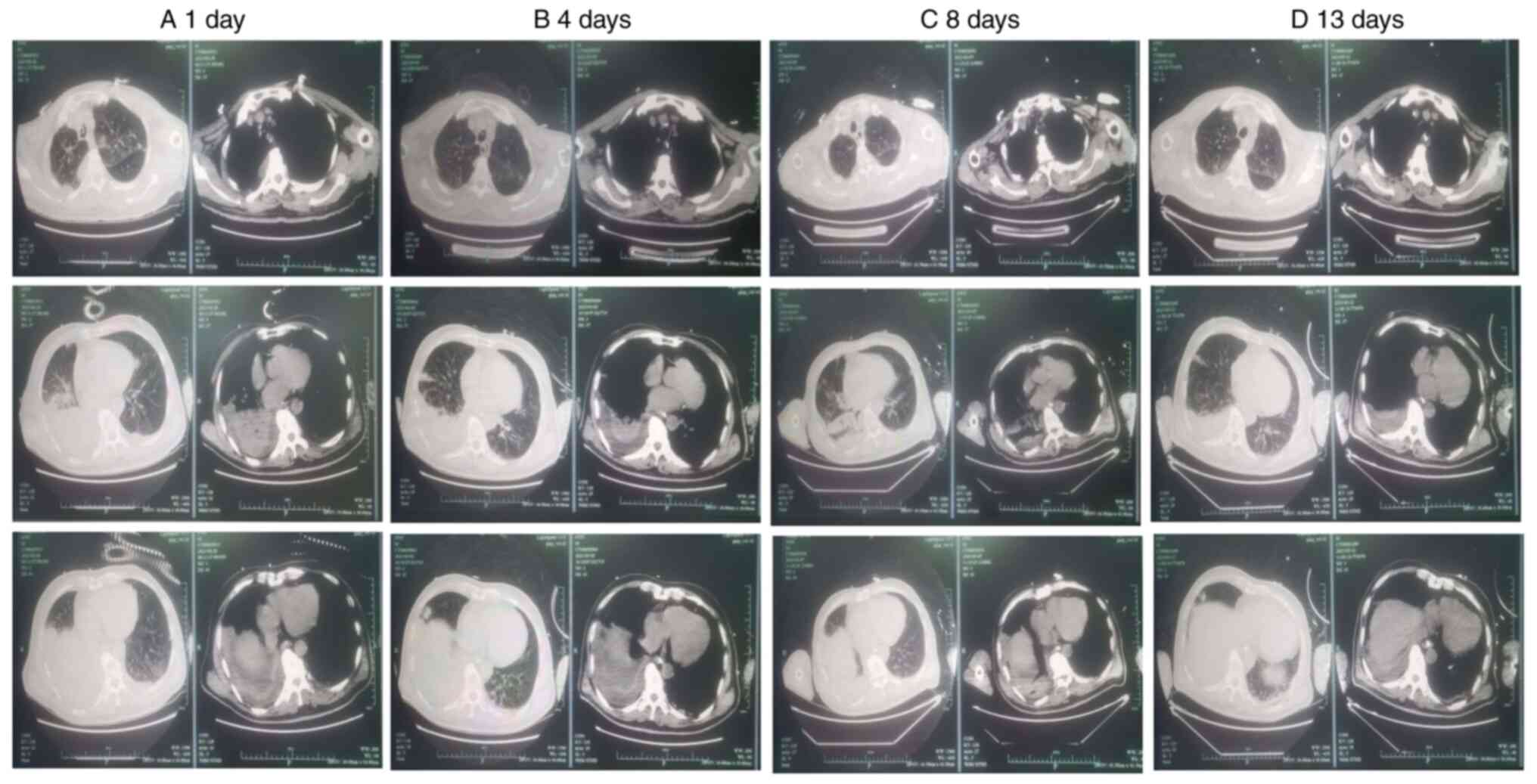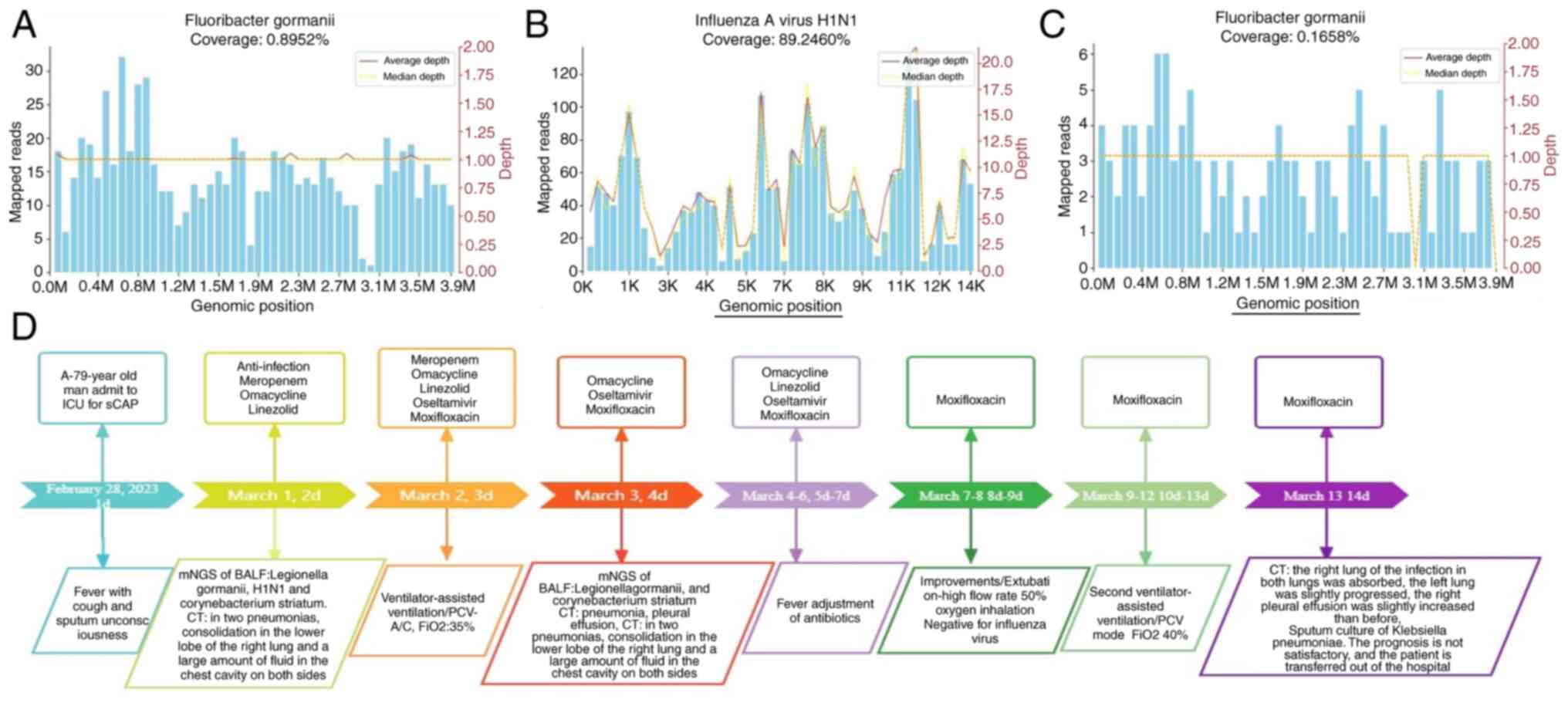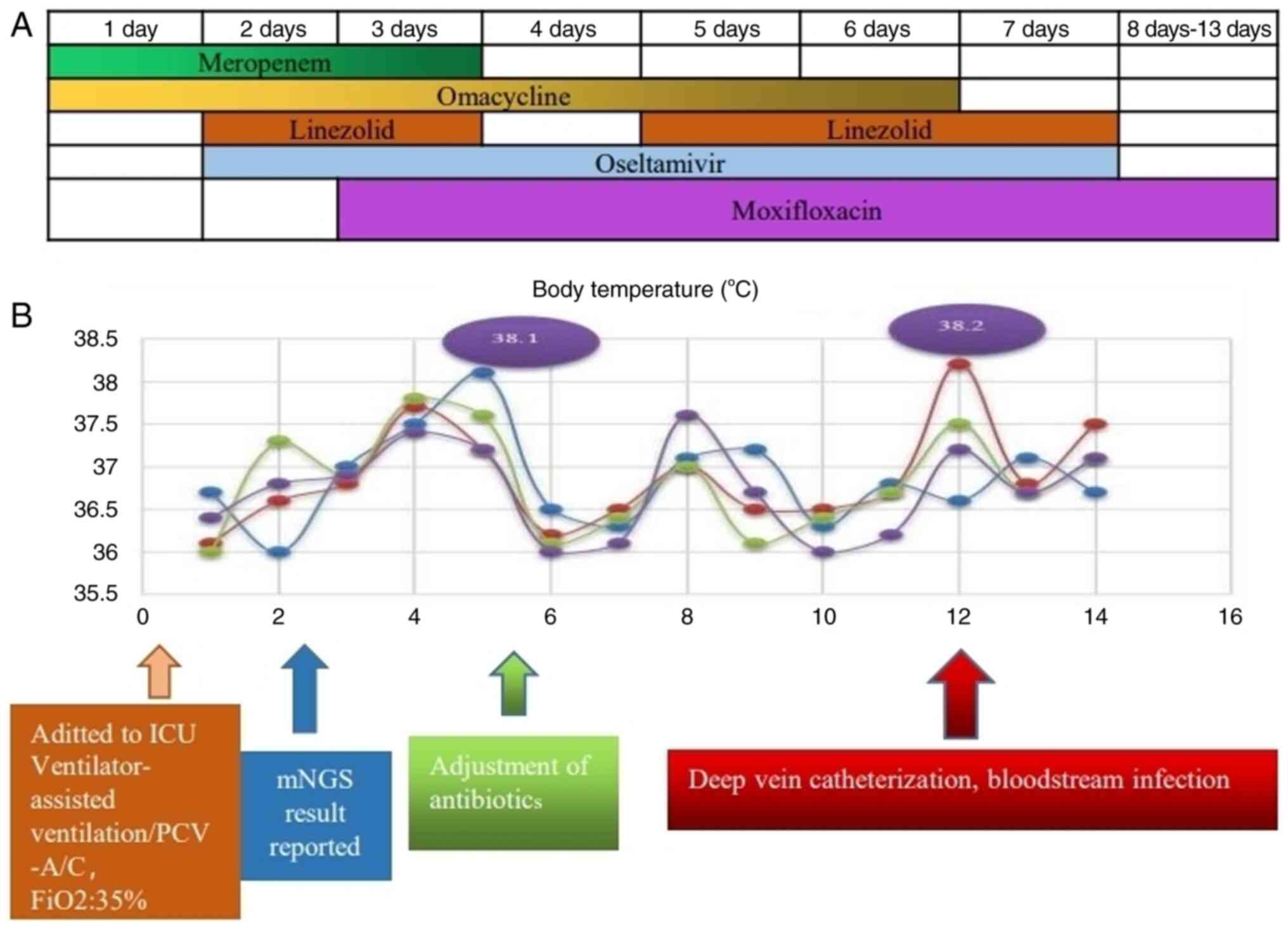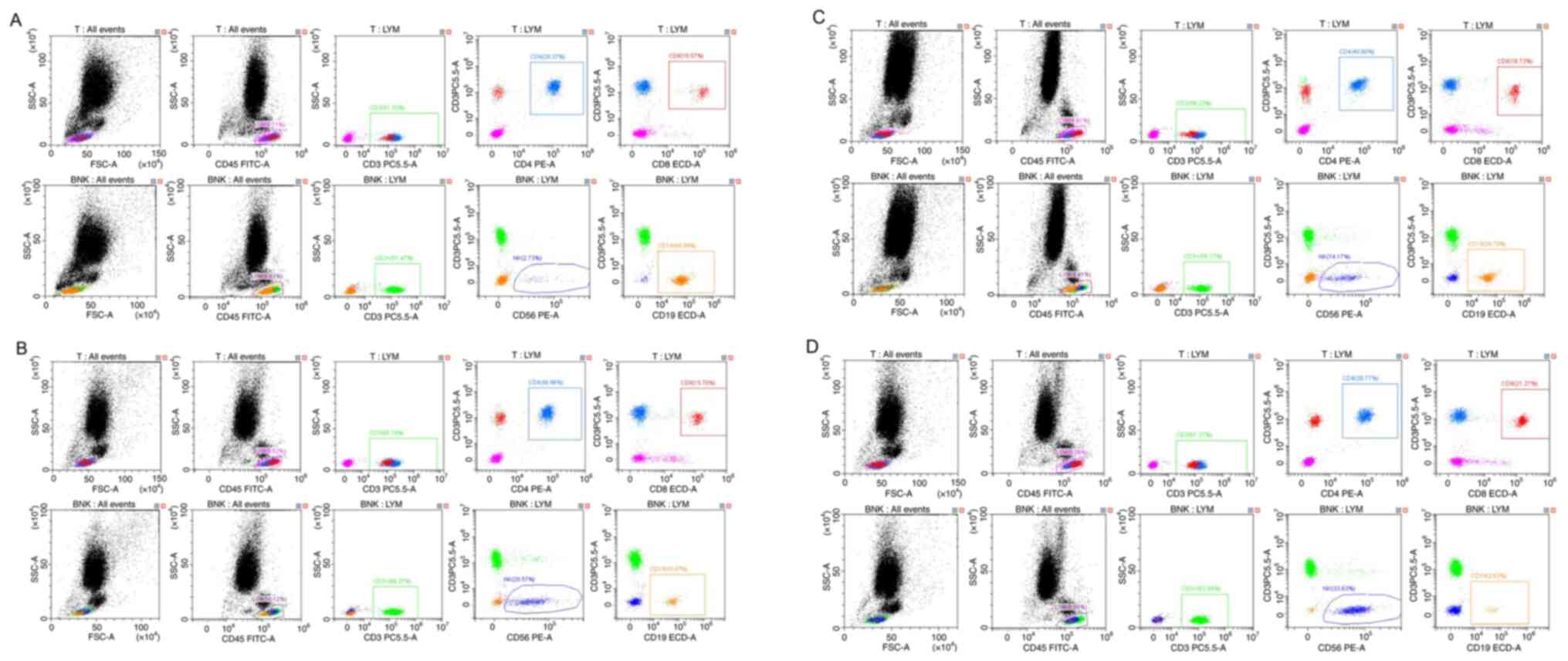Severe community‑acquired pneumonia caused by Legionella gormanii in combination with influenza A subtype (H1N1) virus in an immunocompetent patient detected by metagenomic next‑generation sequencing: A case report
- Authors:
- Published online on: August 12, 2024 https://doi.org/10.3892/br.2024.1833
- Article Number: 145
-
Copyright: © Li et al. This is an open access article distributed under the terms of Creative Commons Attribution License.
Metrics:
Total
Views: 0 (Spandidos Publications: | PMC Statistics:
)
Total PDF Downloads: 0 (Spandidos Publications: | PMC Statistics:
)
Abstract
Legionella pneumonia is an atypical form of pneumonia caused by Legionella gormanii that can also lead to multiple organ diseases, including acute respiratory distress syndrome and multiple organ dysfunction syndrome. Legionella gormanii requires a long incubation period for culture in clinical practice using BCYE medium. The specificity of serum for serological detection is low, resulting in a relatively high rate of missed Legionella diagnoses. Contracting the H1N1 virus can lead to the misdiagnosis of Legionella gormanii. Metagenomic next‑generation sequencing (mNGS) is a novel tool that can rapidly and accurately identify potential Legionella gormanii strains. A severe case of community‑acquired pneumonia in a 79‑year‑old patient was reported. The patient was diagnosed with Legionella gormanii and influenza A subtype (H1N1) virus using mNGS at The First Affiliated Hospital, Zhejiang University School of Medicine. After anti‑Legionella and antiviral therapy, the number of reads identifying Legionella gormanii in bronchoalveolar lavage fluid using mNGS decreased from 665 to 112 as the patient's condition gradually improved. A search of PubMed revealed few reports of Legionella gormanii in association with the influenza A subtype (H1N1) virus. Patients with severe pneumonia caused by Legionella and influenza A subtype H1N1 virus infections should be screened early for infections using methods such as mNGS. This approach enables early and precise treatment, simplifying the administration of antibiotics and enhancing patient outcomes.



